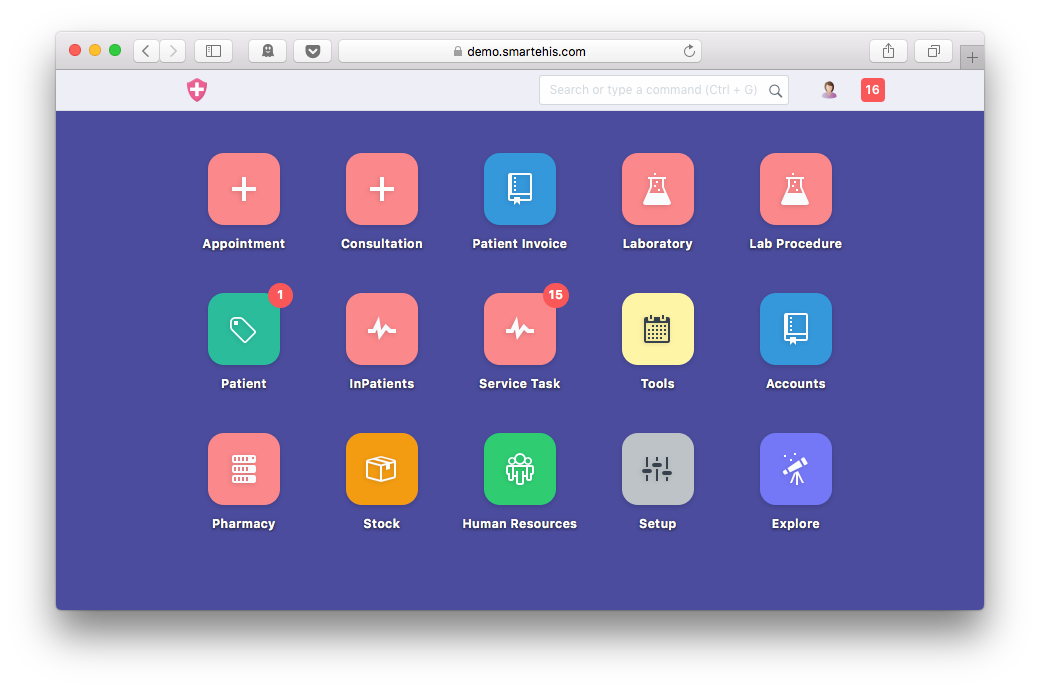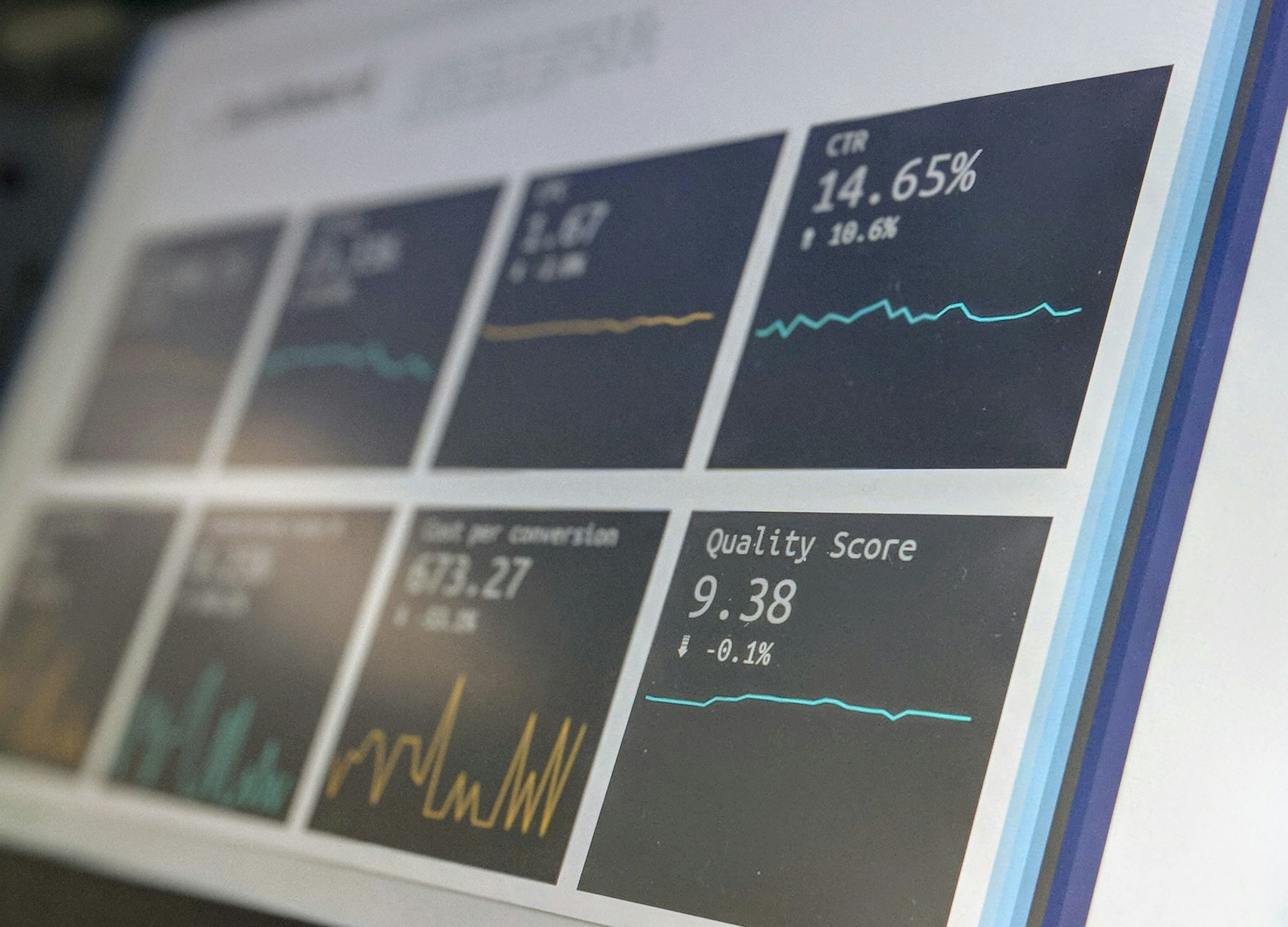Open-source Healthcare Software: Stuck in a Time Warp
The Open-source EMR/ EHR/ HIS Solutions in 2024, did not change much for the last 10 years, why?
Table of Content
Look, we've been keeping tabs on open-source healthcare software for years now, and frankly, it's getting old. Literally. The landscape in 2024 looks pretty much the same as it did a decade ago.
Where's the innovation? Where are the fresh faces? It's like walking into a high school reunion and seeing the same cliques hanging out in the same corners.
The Usual Suspects for ~20 Years
Let's run through the roster of the "popular kids" that have been hogging the spotlight:
- OpenMRS: Born in 2004, this dinosaur is still kicking. Sure, it's flexible and works well in developing countries, but come on, it's old enough to vote now.
- GNU Health: Started in 2006, it's like that overachiever who's good at everything. It plays nice with other open-source systems, but it's been the same story for years.
- OpenEMR: The "easy to use" one that small clinics love. But let's be real, its user interface feels like it's stuck in the early 2000s.
- Vista (VistA): This government hand-me-down from the VA is still trucking along. It's like that old car that refuses to die – reliable, but not exactly exciting.
- FreeMED: Versatile? Check. Multilingual? Check. Groundbreaking new features? Crickets.

Why We're Stuck in This Rut
So why aren't we seeing any new blood in the open-source healthcare software scene? A few reasons:
- Red Tape Galore: Healthcare regulations are a nightmare. HIPAA, GDPR, you name it. The old-timers have already jumped through these hoops, and newcomers are probably scared off by the paperwork alone.
- The "If It Ain't Broke" Mentality: Hospitals and clinics have already sunk tons of cash into customizing these old systems. They're not eager to start from scratch with something new.
- Community Comfort Zone: The open-source community seems content with tweaking what already exists rather than building something revolutionary. It's like they're all sitting in comfy recliners, making minor adjustments instead of redesigning the whole living room.
- High Stakes, High Barriers: Let's face it, healthcare software isn't a game. One mistake could literally cost lives. This high-pressure environment makes it tough for newbies to break in and gain trust.

The Downside of Playing It Safe
While having reliable software is great for healthcare, this lack of fresh ideas is holding us back:
- We're missing out on cool new tech like AI diagnostics because these old systems are slow to adapt.
- User interfaces in most of these systems look like they're from the era of flip phones.
- Every hospital ends up with its own Frankenstein version of these systems, making it a nightmare for interoperability.

What's Next?
We're not saying throw out the baby with the bathwater. These tried-and-true systems have their place. But come on, healthcare tech community! Where's the entrepreneurial spirit?
We need some new players to shake things up, bring in fresh ideas, and maybe – just maybe – make healthcare software that doesn't feel like a blast from the past.
As we trudge into 2024 and beyond, we're keeping our fingers crossed for some brave souls to step up and breathe new life into open-source healthcare software. Until then, we'll be here, grudgingly updating our ancient systems and dreaming of a more innovative tomorrow.













